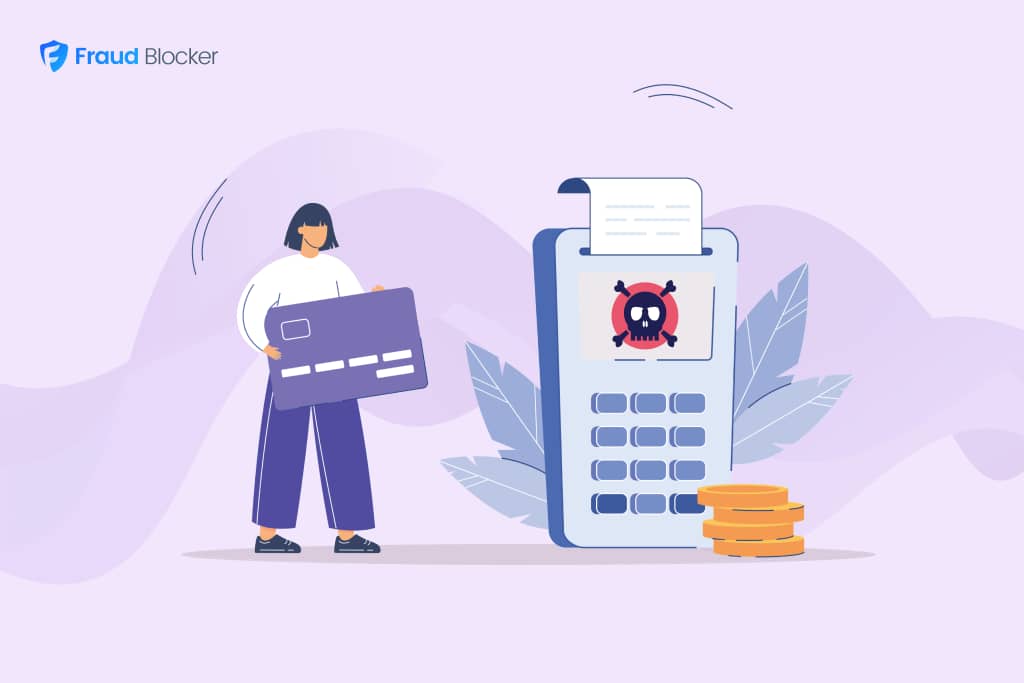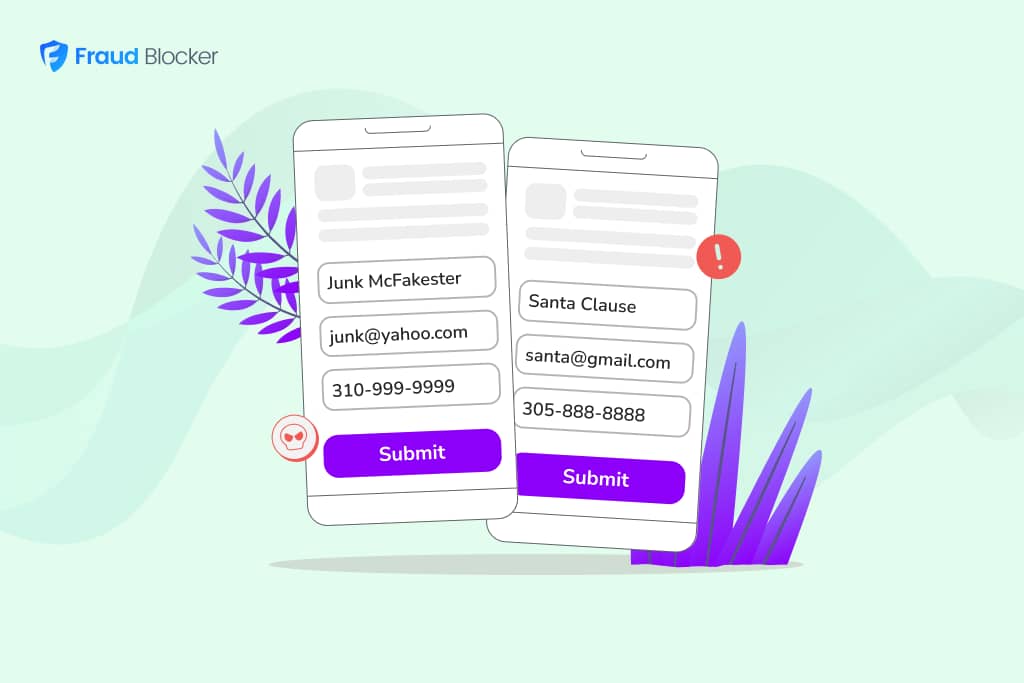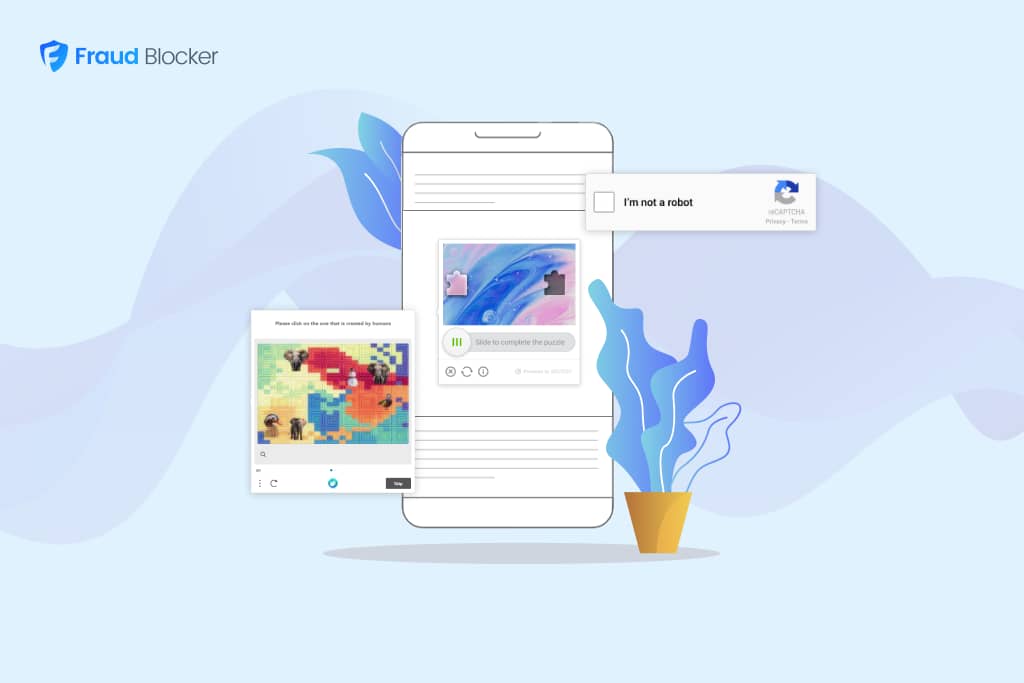
NEW New feature: Verify & block fake emails

We improve your ad performance by blocking click fraud and fake emails

Click fraud is costing advertisers billions in loses. Learn more here.

Click fraud is costing advertisers billions in loses. Learn more here.

Fake leads are not just an annoyance, they can skew your marketing data and analytics, drain your marketing budgets and be a massive waste of time for your sales team.
Learn why they happen, where they come from, and how to prevent them in this article.
Related Articles:
Fake leads are false, or deceptive, lead submissions to lead forms on your website. They often have irregular names and non-working email addresses or phone numbers.
There can be a few reasons why people (or bots) submit fake leads to your website.
There are several sources of fake traffic that can lead to contact form spam.
Bots: Bots are the most popular source for fakes leads because they can submit forms or create fake accounts very quickly and in large quanitites. It’s a massive problem and Facebook recently shared that 827 million of their accounts were fake and created by bots. This represents 4-5% of its active users.
Your competitors: These can include direct competitors, using humans to input junk data to mess with your legitimate leads. While this might sound petty, it is a practice that can be an effective way to waste a business rival’s ad budget (and their valuable time). This is usually done by hiring click farms to generate form submissions en masse.
Advertising on scammy websites: Google and Facebook have ad networks with millions of websites that run their ads. Many of these are low quality sites that are either scammy “Made for Advertising” sites or have malicious owners. In either case, they submit leads to give the illusion of strong ad performance so you’ll spend more money with them. Many other LinkedIn, Bing and AdRoll, among others, are also vulnerable.
Real people: Real people often submit forms with fake information to remain confidential (see section above).
Here are some critical steps you can take to avoid fake leads:
BONUS – Consider CAPTCHA: This is the one we recommend *the least*. CAPTCHA helps identify real users from fake. There are many different types of CAPTCHA that can be used, however it’s been proven that bots complete these correctly more often than humans do.
Image of Fraud Blocker’s dashboard that can help reduce fake leads.
As a paid search marketer, you spend the time and effort (and money) putting your ad campaigns together. But that effort is often wasted on bots, poor quality leads and nefarious practices that damage your campaigns and your budget.
Using Fraud Blocker is one of the best ways to block bots and stop fake leads from Google and Facebook ads campaigns.
Blocking fake leads is a multifaceted task. It requires a rigorous approach to identifying patterns that signify fake interactions. Implementing CAPTCHA on forms, improving form fields to include more qualifying questions, and using email and phone verification processes can help filter out insincere submissions.
Get better traffic with more qualified leads with Fraud Blocker. Try our 7-day free trial and see how much our software can help you.


